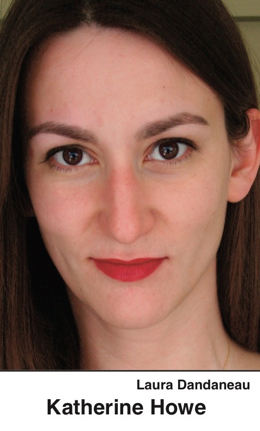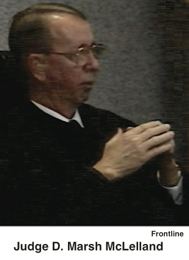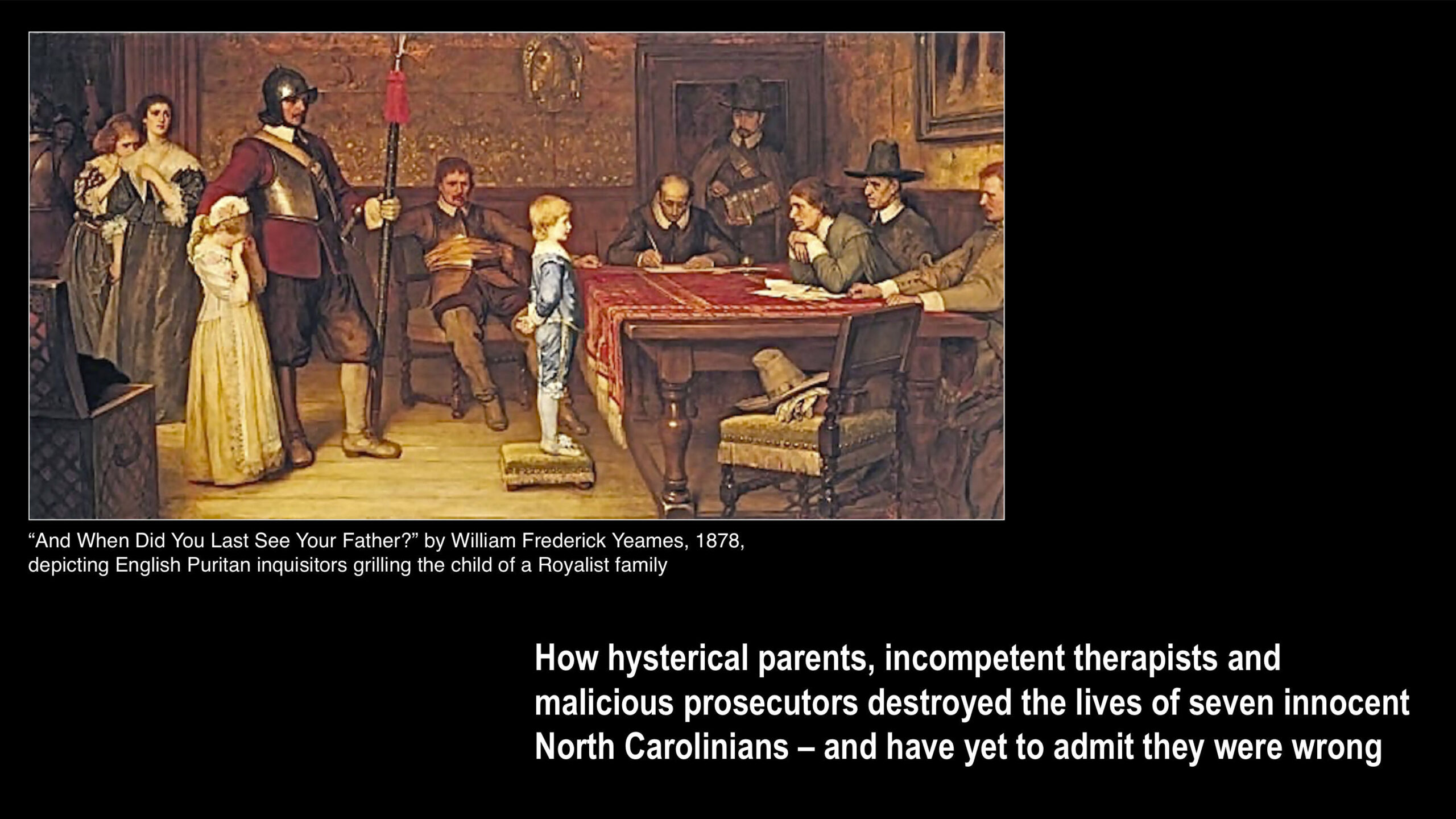Rascals case in brief
In the beginning, in 1989, more than 90 children at the Little Rascals Day Care Center in Edenton, North Carolina, accused a total of 20 adults with 429 instances of sexual abuse over a three-year period. It may have all begun with one parent’s complaint about punishment given her child.
Among the alleged perpetrators: the sheriff and mayor. But prosecutors would charge only Robin Byrum, Darlene Harris, Elizabeth “Betsy” Kelly, Robert “Bob” Kelly, Willard Scott Privott, Shelley Stone and Dawn Wilson – the Edenton 7.
Along with sodomy and beatings, allegations included a baby killed with a handgun, a child being hung upside down from a tree and being set on fire and countless other fantastic incidents involving spaceships, hot air balloons, pirate ships and trained sharks.
By the time prosecutors dropped the last charges in 1997, Little Rascals had become North Carolina’s longest and most costly criminal trial. Prosecutors kept defendants jailed in hopes at least one would turn against their supposed co-conspirators. Remarkably, none did. Another shameful record: Five defendants had to wait longer to face their accusers in court than anyone else in North Carolina history.
Between 1991 and 1997, Ofra Bikel produced three extraordinary episodes on the Little Rascals case for the PBS series “Frontline.” Although “Innocence Lost” did not deter prosecutors, it exposed their tactics and fostered nationwide skepticism and dismay.
With each passing year, the absurdity of the Little Rascals charges has become more obvious. But no admission of error has ever come from prosecutors, police, interviewers or parents. This site is devoted to the issues raised by this case.
On Facebook

Little Rascals Day Care Case
This Facebook page is an offshoot of littlerascalsdaycarecase.org, which addresses the wrongful prosecution of the Edenton Seven and other such victims.
Click for earlier Facebook posts archived on this site
Click to go to
Today’s random selection from the Little Rascals Day Care archives….
Skepticism, accountability strengthen criminal justice system

twitter.com
Robert Gebelhoff
Aug. 5, 2016
“Perhaps the virtue of these true-crime stories isn’t how they affect specific cases (indeed, without new and objective evidence that calls into question criminal convictions, it’s important – for the sake of the rule of law – to let decisions stand).
“Instead, series such as ‘Serial’ could have a positive impact on how ordinary Americans – the people who sit on juries and elect local prosecutors and judges – view criminal trials.
“Maybe we’ll be more willing to hold those running for local offices accountable for presenting fair cases and working to eliminate bias against the poor or minorities.
“Maybe we’ll be more appropriately skeptical of cases built on witness testimony alone, or question whether investigators used intimidation or unfair interrogation to get inaccurate information from witnesses….”
– From “How the ‘Serial’ podcast is challenging the criminal justice system” by Robert Gebelhoff in the Washington Post, July 6 (via the Denver Post)
![]()
Day-care cases rooted in ‘sense of powerlessness’?
 Jan. 17, 2015
Jan. 17, 2015
Q: Do you have a better understanding of why people act the way they do in certain situations?
A: ….Whenever the safety of children is perceived to be in question, we run the risk of responding with emotion rather than reason. Certainly in Salem (where three of her ancestors were accused witches) that was the case. And look at the so-called “satanic ritual abuse” pre-school phenomenon in the early 1980s, which is now seen to have been a tremendous miscarriage of justice. Calls for moderation are dismissed with the assertion that the children have to come first — which, of course, they should.
“But it’s also tempting to read these experiences as expressive of a deeper anxiety about childrearing in an uncertain world, with no guarantees of a good outcome. I feel that it comes from a sense of powerlessness that can’t be expressed elsewhere….”
– From an interview with Katherine Howe, author of “Conversion,” a novel based on a mysterious 2012 outbreak of tics and seizures among teenage girls in upstate New York, in the Daily News of Batavia, New York (Aug. 23, 2014)
Convictions overturned, judge angrily exited
 July 5, 2014
July 5, 2014
“The Burlington judge who has presided over the the Little Rascals Day Care Center case since 1990 resigned in disgust the day after the state Supreme Court refused to review (the overturning of) two convictions.
“D. Marsh McLelland, a retired Superior Court judge, said in a letter dated Sept. 8 that the court’s refusal to review the cases ‘is legally and morally reprehensible.’
“McLelland’s letter to Chief Justice Burley Mitchell said the refusal to review a Court of Appeals order for a new trial raised the term technicality to new heights….”
– From “Judge quits Little Rascals case” from the Associated Press (Sept. 22, 1995)
I imagine that the “technicality” comment was from a direct quote, although I haven’t been able to find either McLelland’s original letter or a more substantial account. It’s no wonder he felt humiliated – the Court of Appeals decision had laid bare his indifference to the rights of the defendants.
Regardless, McLelland’s resignation proved irrelevant, as prosecutors decided not to retry Bob Kelly and Dawn Wilson.
Why would prosecutors let ‘monster’ walk?
Jan. 18, 2012
“One way or another, justice has failed miserably in the agonizing case of the Little Rascals Day Care…. Last week, eight years after launching an investigation into possible sex abuse at the center, prosecutors announced they were dropping all charges against those who worked at the center.
“That means one of two things:
“(1) Either the defendants originally charged with hundreds of allegations of sex abuse in the 1980s are going to go virtually unpunished for their unspeakable deeds; or
“(2) Those same defendants have been badly treated by an overzealous prosecution team that broke all the rules of fairness in winning flawed guilty verdicts….”
– Editorial in The Charlotte Observer, May 29, 1997
So was that “overzealous prosecution team” simply blindered true believers, or did they realize early on their case was rotten to the core?
Defendant Scott Privott, who pled no contest and was released on probation after spending more than three years in prison, cuts through to the truth when he asks:
“Why did they offer me a plea? You know, if I’m supposed to be the monster that they said I was, if I did these crimes that they said I did, why would they offer me a plea?”
Why indeed, H.P. Williams?… Nancy Lamb?… Bill Hart?





